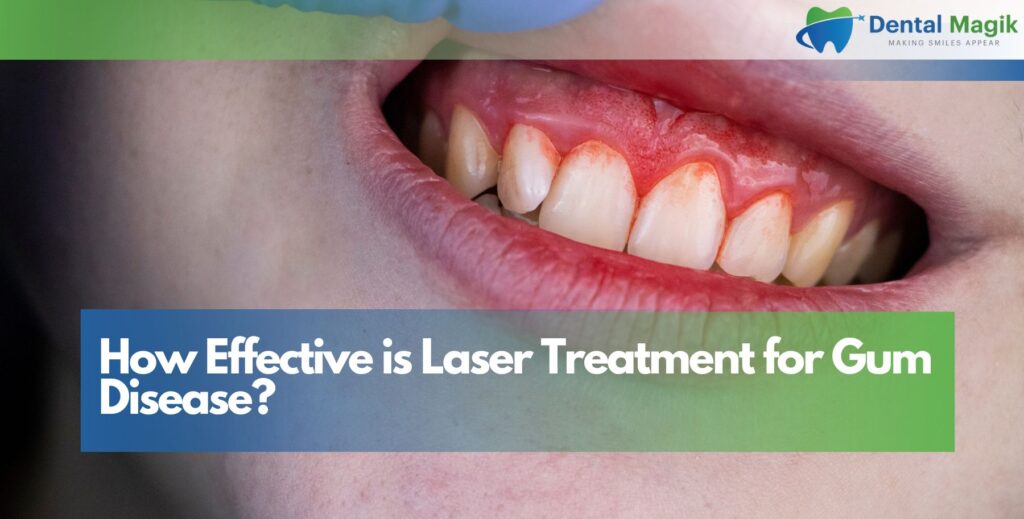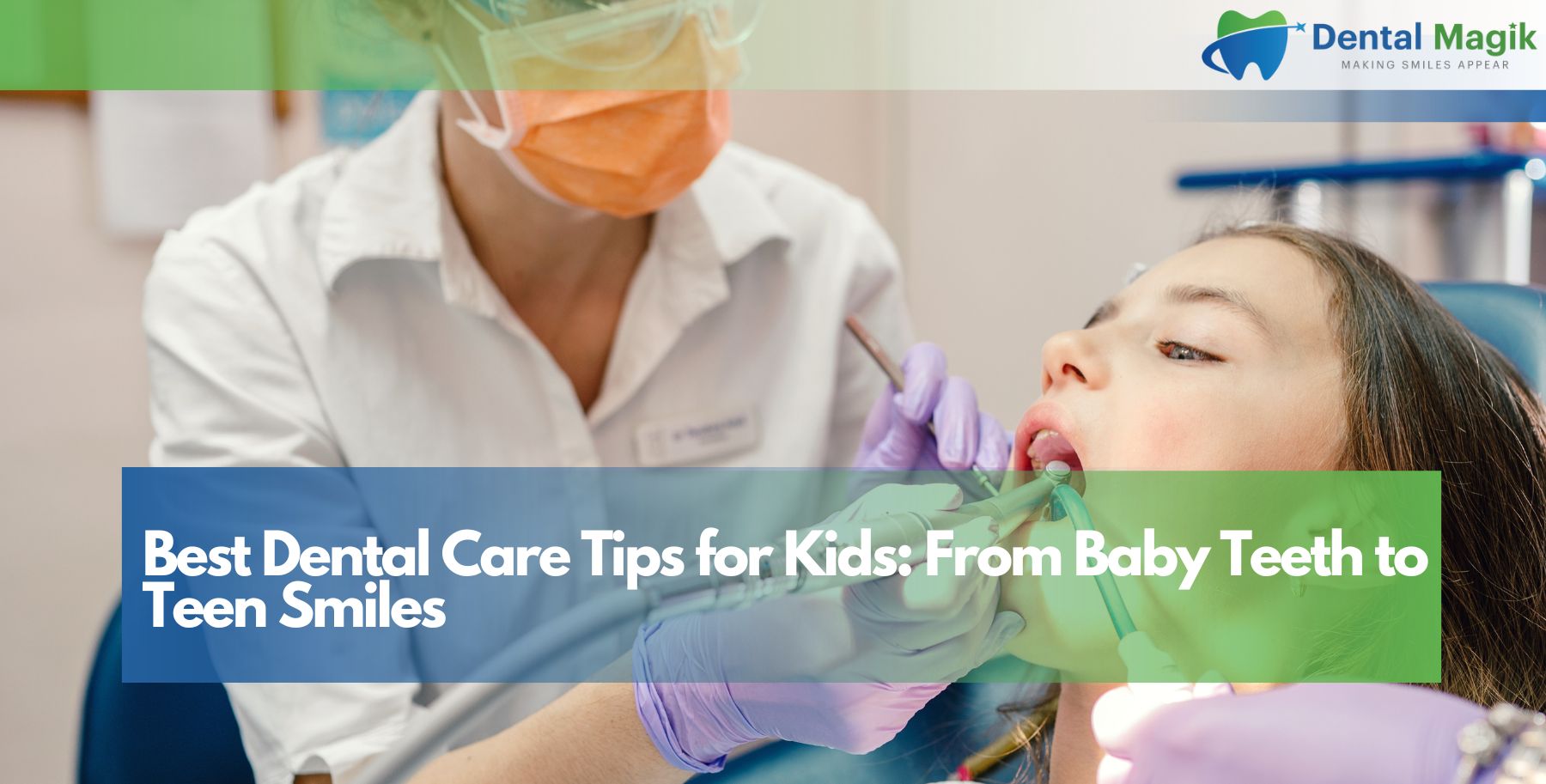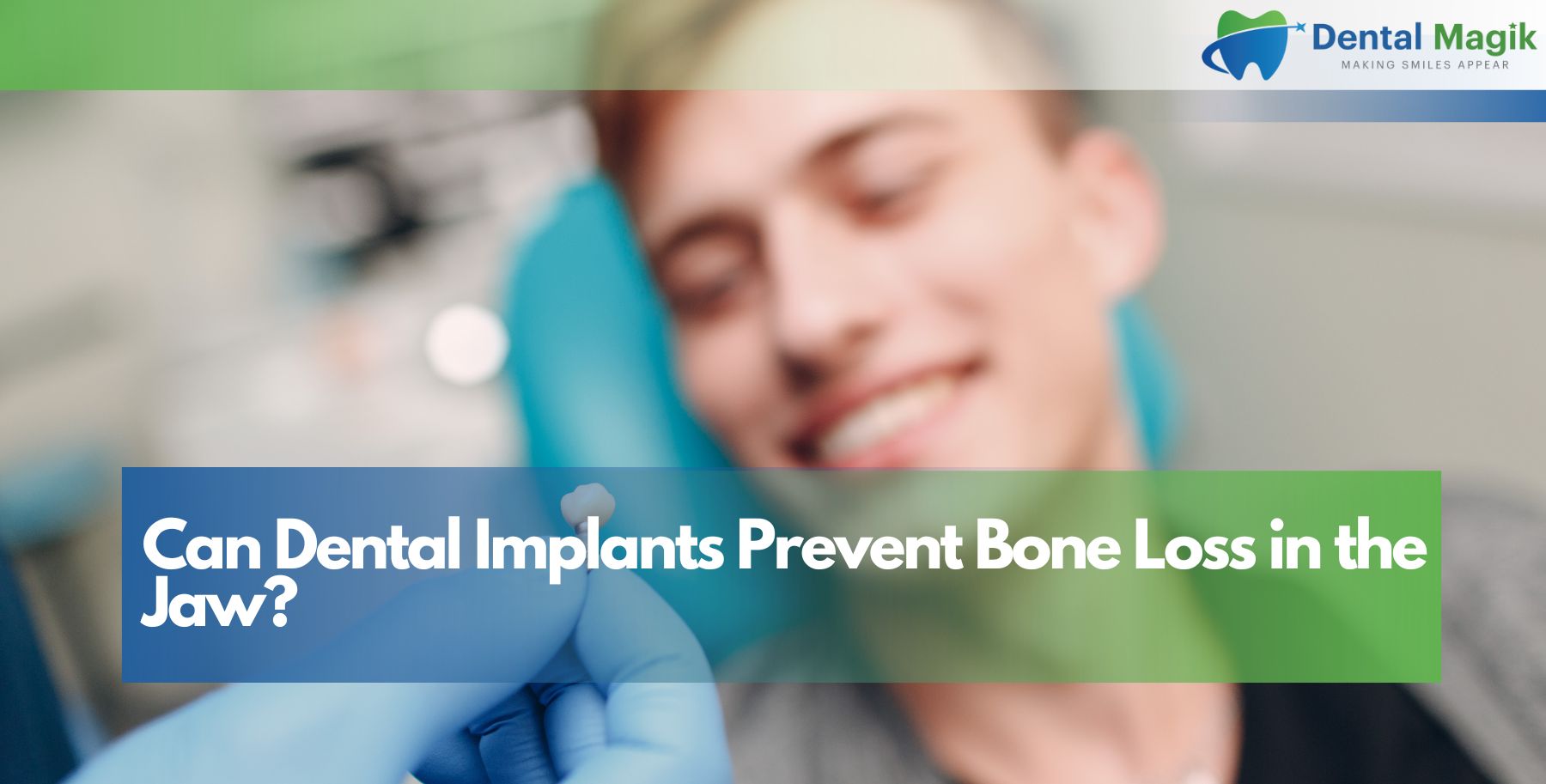Gum disease, also known as periodontal disease, is one of the most common yet serious dental conditions affecting adults. If left untreated, it can lead to gum recession, tooth loss, and even bone damage. While traditional treatments like scaling and root planing are effective, many dental professionals are now turning to laser treatment for gum disease as a less invasive and more precise alternative.
But how effective is it? What should patients know before choosing this option? In this comprehensive guide, we’ll explore everything about laser gum therapy, including its benefits, effectiveness, risks, and what to expect during the treatment process.
What is Laser Treatment for Gum Disease?
Laser treatment for gum disease is a modern, minimally invasive method used to remove infected gum tissue and bacteria. This technique utilizes concentrated light energy (laser) to precisely target the diseased areas without harming healthy tissues.
It’s commonly used for:
- Treating periodontitis (advanced gum disease)
- Deep cleaning around the roots of teeth
- Promoting gum tissue regeneration
- Sterilizing infected pockets
- Reducing pocket depth between gums and teeth
The lasers used are FDA-approved and allow for faster healing and less post-procedure discomfort compared to traditional gum surgery.
How Does Laser Gum Treatment Work?
Laser gum therapy typically involves the following steps:
- Initial Assessment – The dentist evaluates the severity of the gum infection using X-rays and periodontal pocket measurements.
- Laser Application – A dental laser is directed at the infected gum tissue to remove bacteria and diseased tissue.
- Cleaning and Root Smoothing – The area is then cleaned, and the root surface is smoothed (root planing) to prevent future bacterial buildup.
- Tissue Reattachment – The laser encourages the gum tissue to reattach to the tooth, closing the pocket and starting the healing process.
This process is highly targeted and tissue-friendly, preserving more of your natural gums and reducing trauma.
Benefits of Laser Treatment for Gum Disease
There are several benefits of using laser therapy for gum disease, making it an attractive option for both patients and dentists.
Minimally Invasive
Unlike traditional surgery that requires cutting and stitching, laser treatment does not involve scalpels. This leads to:
- Less bleeding
- Reduced swelling
- Minimal discomfort
Faster Healing
Since there’s no cutting, the healing time is significantly shorter. Most patients resume normal activities within a day.
Precise Targeting
Lasers can distinguish between healthy and infected tissue, allowing the dentist to remove only what’s necessary.
Bacteria Reduction
Laser energy sterilizes the area, reducing bacterial levels and minimizing the chance of reinfection.
Reduced Anxiety
Many patients who fear traditional dental surgery find laser treatment less intimidating due to its gentle and quiet approach.
Who is a Good Candidate for Laser Gum Therapy?
Laser gum treatment is ideal for patients who:
- Have moderate to severe periodontitis
- Want to avoid traditional surgery
- Experience bleeding or swollen gums
- Suffer from gum recession or bone loss
- Need periodontal maintenance but prefer a gentle approach
However, it may not be suitable for patients with very deep bone loss or unstable teeth, where surgical intervention is still necessary.
Is Laser Treatment for Gum Disease Effective?
Yes, multiple clinical studies and dentist-reported outcomes show that laser treatment for gum disease is effective in:
- Reducing pocket depth
- Eliminating bacteria
- Promoting tissue regeneration
- Minimizing bleeding and inflammation
- Improving overall gum health
In fact, patients who undergo laser treatment often report less post-operative pain and faster healing compared to conventional surgery.
However, success depends on:
- The skill of the dentist
- Severity of the disease
- Post-treatment oral hygiene
- Consistency in follow-up visits
Risks and Side Effects of Laser Gum Treatment
Though laser therapy is considered safe, there are a few potential risks:
- Mild discomfort or sensitivity after the procedure
- Overheating of tissue, if performed improperly
- Incomplete removal of diseased tissue, in rare cases
- Temporary gum discoloration or swelling
Choosing a qualified dentist with experience in laser periodontal therapy significantly reduces the risk of complications.
Pro Tip: Always verify that your dental professional is trained and certified to use lasers for periodontal treatment.
Aftercare Tips for Laser Gum Therapy
Post-treatment care is essential for the success of the procedure. Here’s how to ensure a smooth recovery:
Stick to Soft Foods
Avoid hard, crunchy, or spicy foods for at least 3–5 days. Stick to soft, lukewarm meals like soup, yogurt, and smoothies.
Avoid Smoking and Alcohol
Both can delay healing and increase the risk of infection.
Use Antibacterial Mouthwash
Your dentist may prescribe a chlorhexidine rinse to keep your mouth clean and reduce bacterial growth.
Maintain Gentle Oral Hygiene
Use a soft-bristled toothbrush and avoid aggressive brushing near treated areas.
Attend Follow-Up Visits
Your dentist will monitor your gum healing and check for any signs of reinfection or complications.
Cost of Laser Gum Treatment
The cost of laser treatment for gum disease can vary based on:
- Severity of the condition
- Number of teeth involved
- Dentist’s experience and equipment
- Geographic location
In general, expect to pay between $400 to $1,200 per quadrant. While it may cost more than traditional cleaning initially, the reduced need for medication, follow-up surgery, or recovery time can offset long-term expenses.
Important Tip: Many dental insurance plans now cover laser periodontal therapy—check with your provider.
Laser Treatment vs. Traditional Gum Surgery
| Feature | Laser Treatment | Traditional Surgery |
| Invasiveness | Minimally invasive | Requires cutting and stitching |
| Pain and Bleeding | Minimal | More post-op pain and bleeding |
| Recovery Time | 1–2 days | Up to a week |
| Anesthesia Required | Often local only | Usually local or general |
| Infection Risk | Lower (due to sterilization) | Slightly higher |
Laser therapy offers a gentler alternative with fewer side effects, though traditional surgery may still be required in advanced cases.
Conclusion
So, how effective is laser treatment for gum disease? In simple terms: it’s a game-changer. For many patients, it offers faster healing, less pain, and excellent long-term results. It’s a highly targeted method that works well for those with moderate to advanced gum issues.
If you’re suffering from gum disease and want a non-invasive and effective solution, laser treatment may be your answer. But remember, choosing the right provider is key.
If you’re considering this modern approach to treating gum disease, speak to an experienced Dentist in East Brunswick, NJ. They can evaluate your condition and help you decide if laser therapy is the right option for you.
FAQs
Is laser gum treatment painful?
No. Most patients report minimal to no pain. A local anesthetic is usually applied to ensure a comfortable experience.
How long does laser treatment for gum disease take?
Typically, each session lasts 60 to 90 minutes, depending on the number of teeth treated.
How soon can I return to work after the procedure?
Most people resume normal activities within 24 hours, thanks to the minimal downtime associated with laser therapy.
Will I need multiple sessions?
It depends. Some patients only need one session, while others may require multiple visits based on the severity of the gum disease.
Does insurance cover laser gum treatment?
Some insurance plans do cover it, especially if it’s deemed medically necessary. It’s best to check with your provider.







